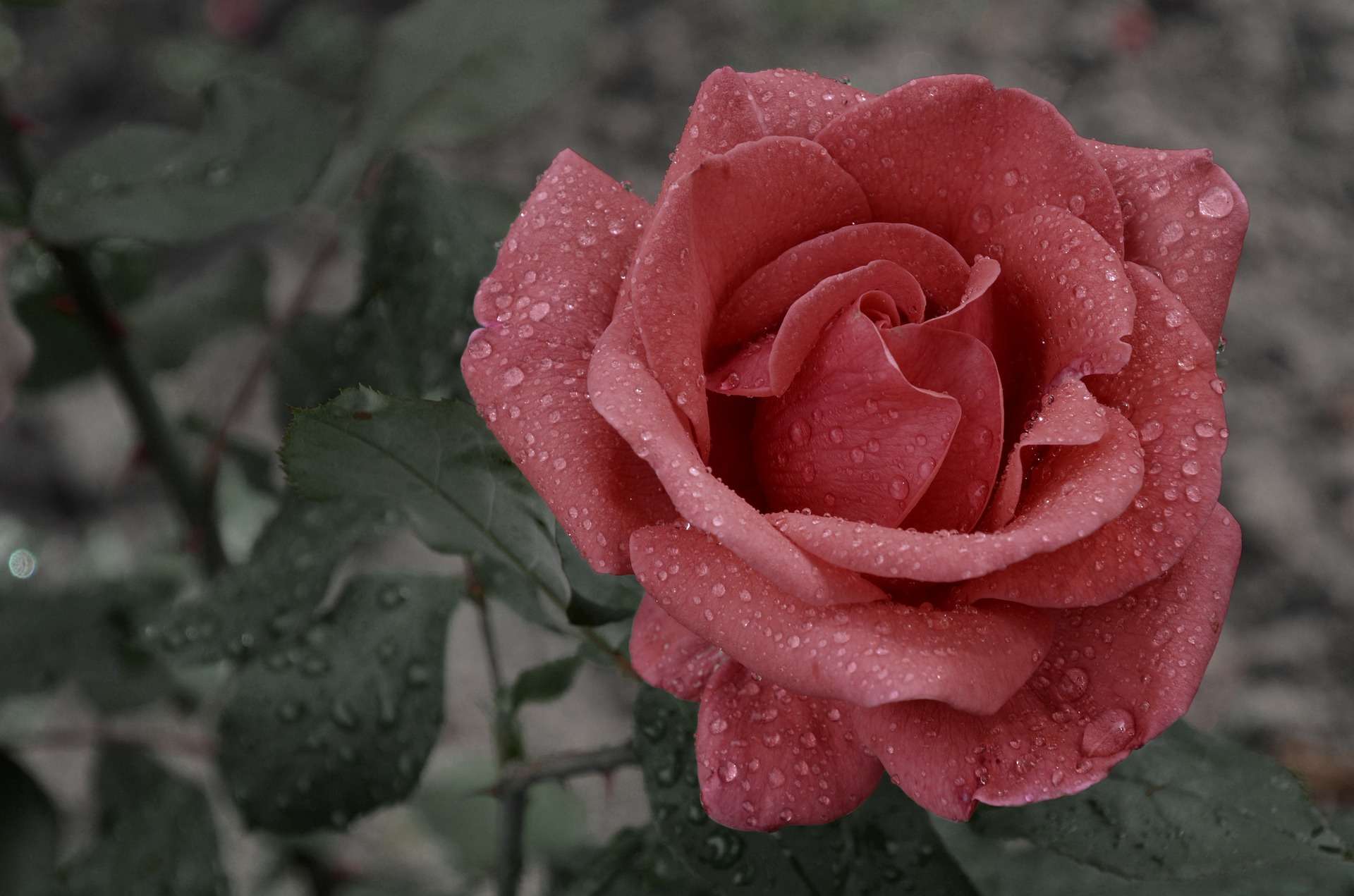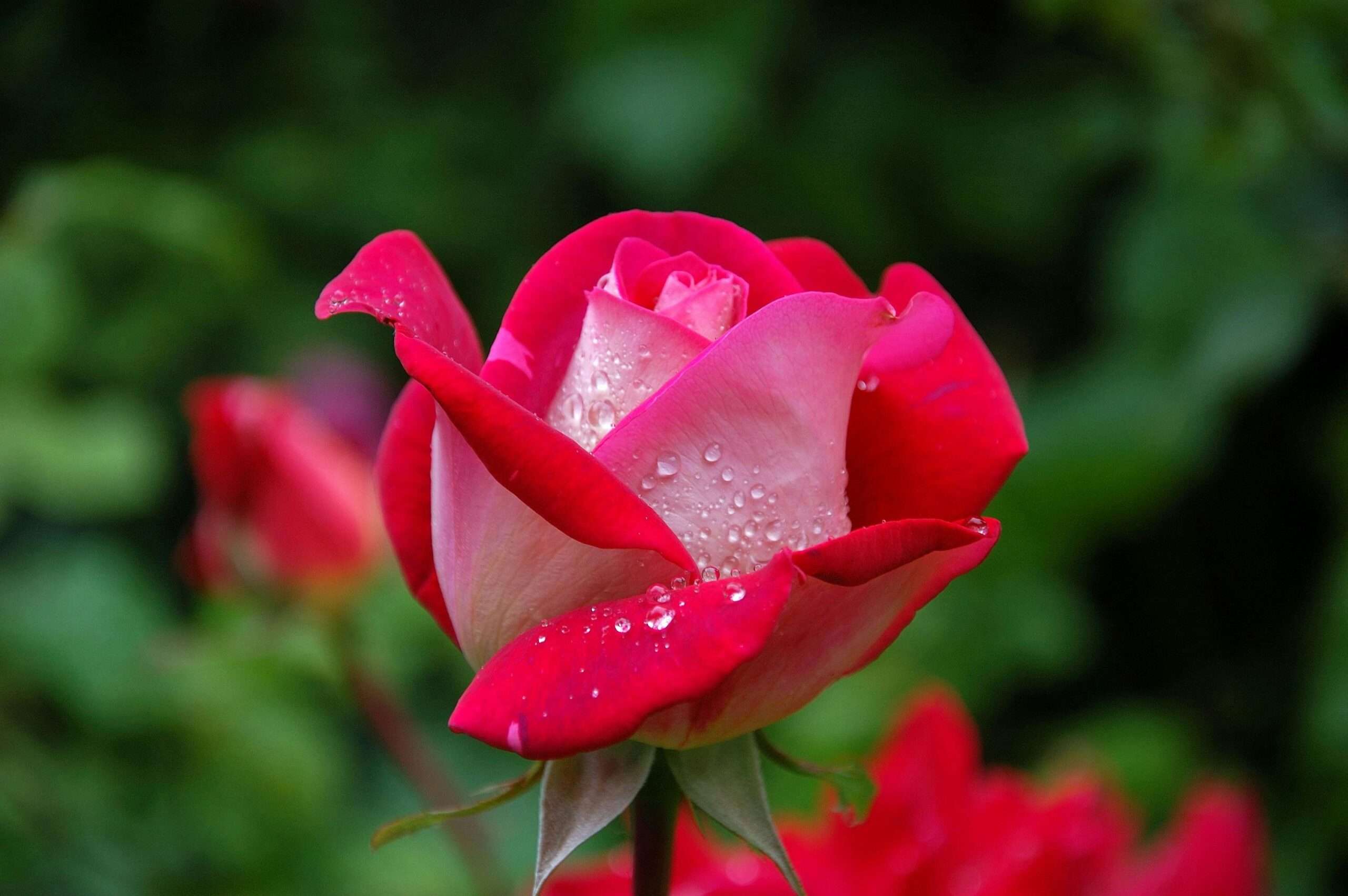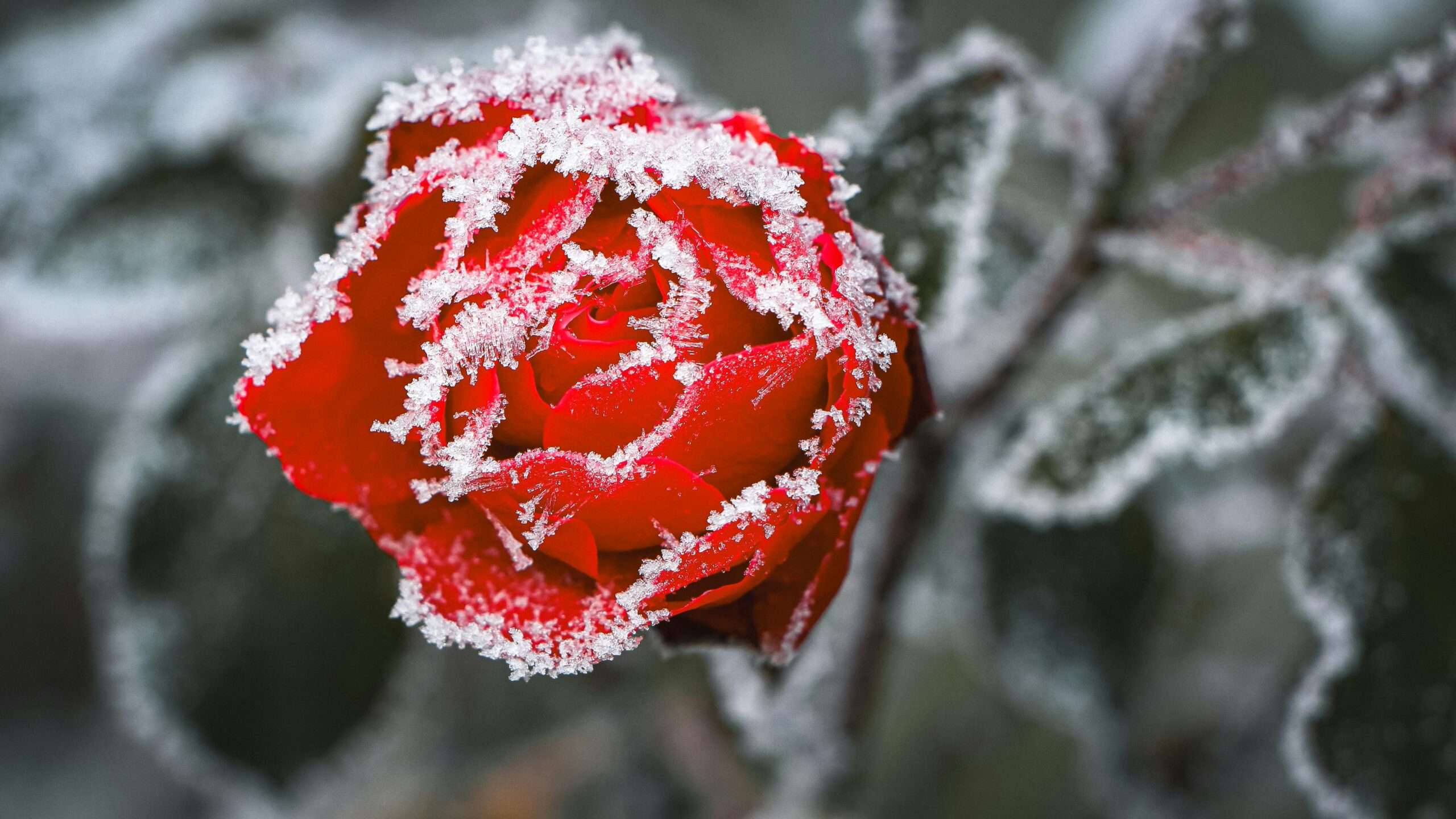Ah, roses—nature’s way of saying, “Here’s something beautiful, now try not to kill it.” If you’re wondering “how to care for roses” without losing your sanity, you’ve come to the right place. Roses are like high-maintenance friends: they demand attention, they have their moods, and they’ll reward you with glorious blooms if you treat them right. So, buckle up and let’s dive into the whimsical world of rose care!
Table of Contents
1. Understanding Rose Care Basics

Assessing Soil Quality
Soil quality—where roses decide if they’re going to flourish like royalty or sulk like teenagers grounded on a Friday night.
- Importance of Soil Quality: Imagine your roses as divas who refuse to settle for anything less than perfect. They love slightly acidic soil (pH 6.0-6.5), so aim for that sweet spot. Bad soil? That’s like expecting a Michelin-star meal from a vending machine.
- Tips for Testing and Improving Soil Quality:
- Soil Testing: Think of it as a rose health check-up. Get a soil test kit and find out what your dirt’s lacking (or overindulging in). It’s like giving your roses a spa day.
- Amending Soil: Add compost, aged manure, or peat moss—think of them as rose superfoods. They’ll turn your soil into a five-star resort for roots. Adjust pH with lime (for acidity) or sulfur (for alkalinity)—because roses are picky eaters.
- Mulching Magic: Mulch is like the fairy godmother of gardening—it keeps soil temps comfy, prevents weed invasions, and holds moisture like a champ. Plus, it makes your garden look dressed for success.
Evaluating Sunlight Needs for Roses: How to Care for Roses
Roses are like sunbathers on a mission—they want those rays, but not too much of a good thing.
- How to Determine Sunlight Needs: Most roses crave sunlight like a cat craves sunbeams—6 to 8 hours a day of direct exposure. Some varieties are okay with a bit of shade, but too much and they’ll start plotting leafy rebellions.
- Choosing the Right Location:
- Full Sun Fun: Find a spot where the sun shines brighter than your future prospects. No shady business around—roses don’t like competition.
- Partial Shade Parade: If your area’s hotter than a jalapeño on a summer sidewalk, give your roses some morning rays and afternoon cool-downs. It’s like a spa day without the cucumber eye masks.
2. Seasonal Rose Care Tips

Spring Care
Spring—a time for roses to wake up from their winter nap and remind us why we put up with their thorny attitudes.
- Preparing Roses for the Growing Season:
- Spring Cleaning: Imagine your roses waking up from a long nap—they need some fresh air! Clear away winter mulch and debris like it’s a Netflix binge of bad movies. Your roses will thank you with blooming applause.
- Pruning Party: Trim away the dead stuff and shape those bushes like you’re giving them a floral makeover. Sharp tools are a must—dull ones just bruise egos (and plants).
- Pruning and Fertilizing Folly:
- Pruning Pizzazz: Hybrid teas get the Hollywood treatment—cut back to 12-18 inches. Shrub roses? They’re more of a casual trim. Just don’t let them go full-on Cousin It.
- Fertilizing Fun: Think of it as feeding time at the zoo, but for plants. Balanced fertilizer keeps roses happy from spring’s wakeup call to the last bloom. Follow the instructions—roses don’t like guessing games.
Summer Maintenance
Summer—when roses show off their blooms and remind us they still need attention, like that friend who texts “I’m fine” but clearly isn’t.
- Watering Wisdom:
- Keep ’em Hydrated: Roses like a drink, but not a drowning. Water deeply at the base—think roots, not leaves. It’s like giving them a sip of spa water without the cucumber slice.
- Mulching Mischief: Renew that mulch—it’s like tucking roses into a cozy bed. Plus, it stops weeds from crashing the garden party. Organic mulch is the rose’s version of a comfy blanket.
- Pest Patrol and Disease Drama:
- Pesky Pests: Aphids, spider mites, and Japanese beetles—garden drama queens. Show them the door with natural remedies like insecticidal soap or neem oil. It’s like sending unwanted guests to a spa day they won’t enjoy.
- Disease Dilemmas: Fungi like black spot and powdery mildew? Not invited to this garden party. Prune infected leaves and keep the air flowing—think of it as rose yoga for better circulation.
Fall Preparation
Fall—roses’ way of saying “I’m getting ready for my winter nap, leave me alone.”
- Pruning and Deadheading Drama:
- Fall Touch-up: Light pruning and deadheading keep roses looking sharp. It’s like getting a haircut before hibernation—trim the dead ends, but keep some length for warmth.
- Winterizing Rituals: Stop fertilizing in late summer—it’s like telling roses it’s time to wind down. Add a cozy mulch blanket to keep roots snug. Think of it as a rose bedtime story.
Winter Protection
Winter—when roses take a break from being divas and settle into their cozy slumber.
- Frosty Fixes:
- Bundle Up: Mound soil around the base or cover with burlap—roses need warmth, too. Just don’t overdo it—imagine them in a snug sweater, not a full-body cast.
- Cover Story: Rose cones or burlap wraps? It’s like giving them a winter coat. Just remember to let them breathe on mild days—roses need fresh air too, you know.
3. Advanced Rose Care Techniques
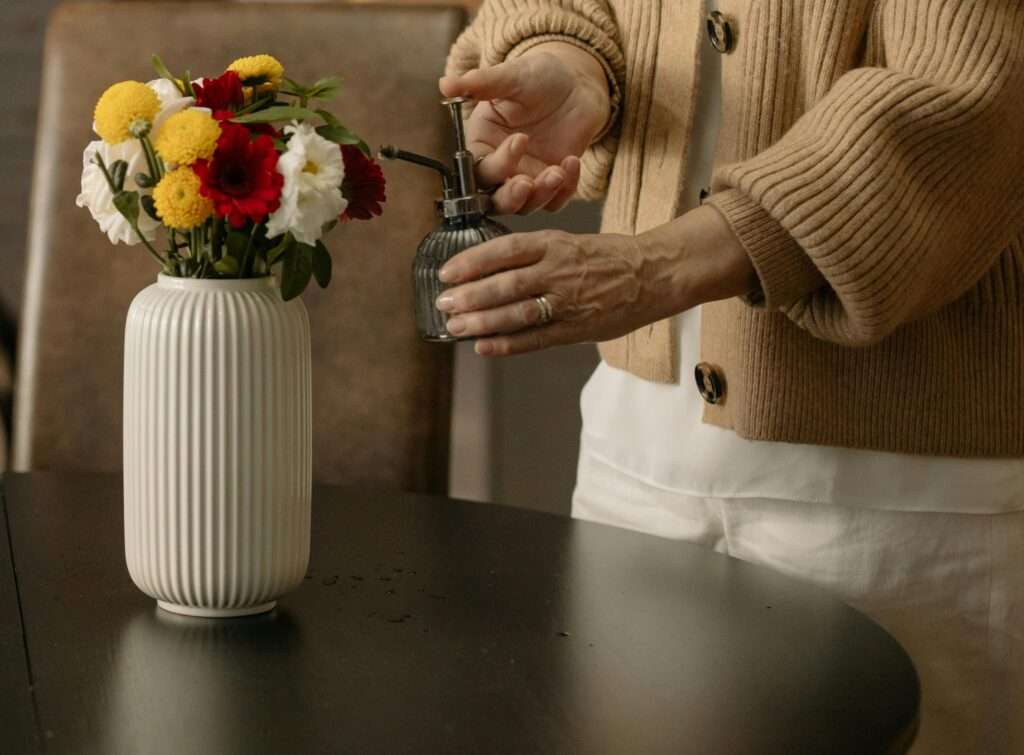
Fertilizing Finesse
Fertilizing—like sending roses to a gourmet buffet, but for roots.
- Types of Fertilizers:
- Organic Delights: Compost, manure, fish emulsion—like a farm-to-table feast for roots. Slow-release and eco-friendly, they keep soil happy.
- Synthetic Splurges: Quick nutrients, easy application—like fast food for roses. Just watch out for buildup—it’s like too many tacos for a plant’s digestion.
- When and How to Feed:
- Spring Splash: Start with a balanced fertilizer as roses wake up. Round two after the first bloom—a rose encore, if you will.
- Summer Snack: Light feeding to keep the show going—roses appreciate a steady diet, not a buffet binge.
- Fall Farewell: Stop feeding by late summer—roses need downtime too. It’s like telling them the spa’s closing for the season.
Pruning Playtime
Pruning—like giving roses a spa day and a makeover in one fell snip.
- Why Prune?:
- Healthy Habit: Trim away the old to make room for the new. It’s like Marie Kondo-ing your garden—spark joy, not overgrowth.
- How to Prune Different Roses:
- Hybrid Teas and Floribundas: Short and sweet—cut back to 12-18 inches. Show off those stems, baby.
- Shrub Roses: A light touch—keep their natural shape. Think of it as pruning with a light hand, not a hedge trimmer.
- Climbing Roses: Coax them to climb higher—prune after the first bloom. Guide those canes like a rose whisperer.
4. Watering Wizardry for Happy Roses
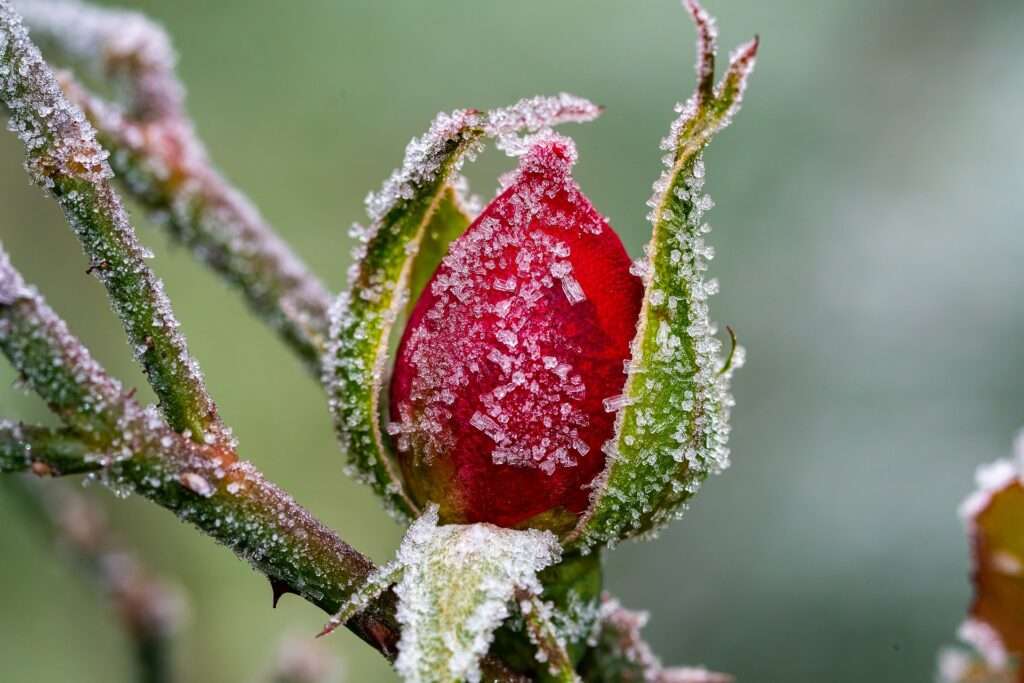
Watering Wonders
Watering—like giving roses a refreshing sip of happiness.
- Best Times to Water: Early morning—roses like to wake up with a drink. It’s akin to caffeine for plants, minus the jittery effects.
- How Often to Water:
- Spring and Fall: Once a week, give them a deep soak. Roots love a good soak—think of it as a hydrating spa day.
- Summer: Ramp it up to twice a week—roses get thirsty in the heat. Keep them cool and comfy, like a shady spot on a hot day.
- Winter: Water sparingly—roses take it easy when it’s cold. A sip here and there, just enough to keep them cozy.
Smart Watering Methods
Different methods, same goal—keeping roses happy and hydrated.
- Drip Irrigation: Like a gentle rain—direct to the roots, no wasted drops. Roses appreciate a targeted drink.
- Sprinklers: Fun for a splash, but watch out for wet leaves—roses aren’t fans of soggy socks. Water early to let them dry off before bedtime.
- Hand Watering: Personal touch—like giving each rose a hug. Time-consuming but worth it for newbies or potted pals.
- Tips for Watering Wisdom:
- Mulch Magic: Blanket them with mulch—keeps moisture in, weeds out. It’s like giving roses a comfy bed with a view.
- Water Conservation: Rain barrels—roses love a sip of pure rain. It’s like giving them Evian instead of tap water.
:** Rain barrels—roses love a sip of pure rain. It’s like giving them Evian instead of tap water.
5. Integrated Pest and Disease Management
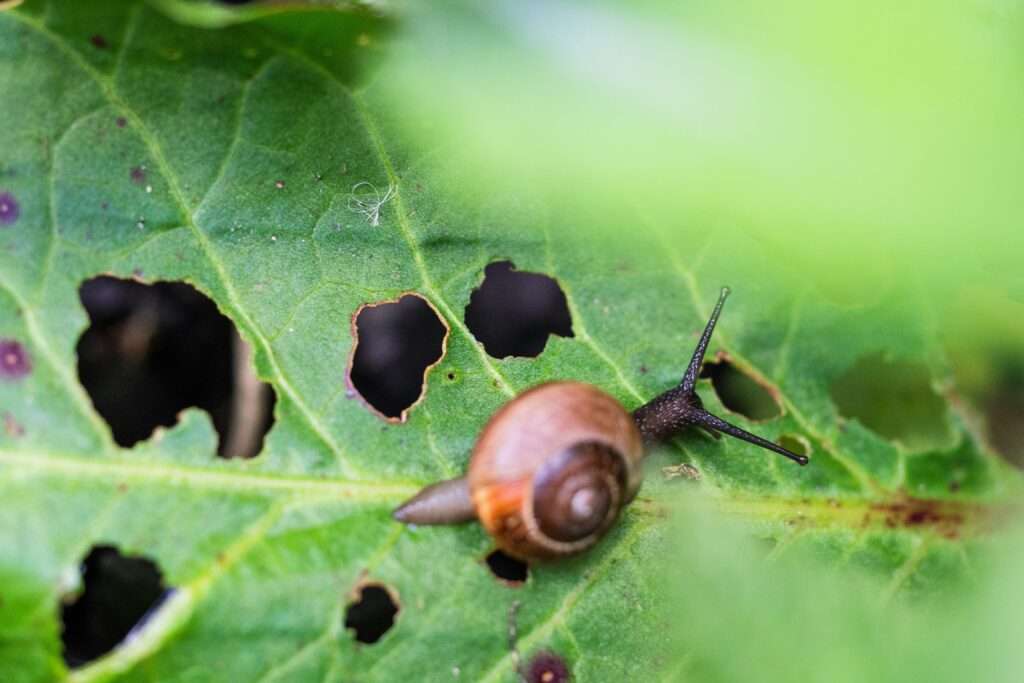
Pesky Pests and Drama Queens
Pests—like unwanted guests crashing your garden party.
- Identifying Common Pests:
- Aphids: Tiny sap-suckers—they’re the vampires of the rose world. Show them the door with soapy water or a stern talking-to.
- Spider Mites: Invisible web weavers—don’t let them take over. Treat them with a blast of water or recruit their natural enemies.
- Japanese Beetles: Shiny invaders—pick ’em off or distract them with traps. Roses don’t appreciate uninvited nibblers.
- Natural vs. Chemical Warfare:
- Natural Allies: Ladybugs and lacewings—nature’s pest control squad. Invite them over for aphid appetizers.
- Organic Solutions: Neem oil or insecticidal soap—gentle on roses, tough on pests. It’s like giving pests a spa day they won’t survive.
Disease Drama and Prevention
Diseases—like gossip spreading through the rose community.
- Spotting Common Diseases:
- Black Spot: Leafy confetti—it’s party time for fungi. Clear it out and keep roses breezy for disease-free fun.
- Powdery Mildew: Ghostly white patches—not a fashion statement. Prune, ventilate, and show fungi the exit.
- Botrytis Blight: Gray mold—rainy day blues. Toss out infected bits and keep roses dry and cozy.
- Tips for Healthy Roses:
- Air Circulation: Prune like a pro—open up space for roses to breathe. It’s like yoga for plants—stretch those stems.
- Cleanliness is Next to Rose-liness: Clear debris and sanitize tools—it’s like spring cleaning for your garden. Roses appreciate a tidy space.
Conclusion
So there you have it—your guide to mastering the art of rose care with a dash of humor and a sprinkle of plant love. Whether you’re a rookie gardener or a seasoned pro, these tips will keep your roses blooming and your spirits high. Remember, caring for roses is like nurturing friendships—give them love, attention, and the occasional pep talk. Now go forth, tend those roses, and watch your garden bloom with beauty and laughter!
Read my blog Discover Where to Plant Roses: Sun or Shade? Amazing Tips!
How do I test and improve the soil quality for my roses?
Testing soil pH and nutrient levels is crucial. Use a soil testing kit from a garden center or agricultural extension service. Based on results, amend the soil with compost, manure, or other organic matter to achieve optimal pH (6.0-6.5) and nutrient balance. Mulching with organic materials like wood chips helps retain moisture and regulate soil temperature.
What are the best practices for pruning roses?
Pruning techniques vary by rose type. For hybrid teas, prune back to 12-18 inches above the ground in early spring, focusing on removing dead or crossing stems. Shrub roses require lighter pruning to maintain their natural shape. Regular deadheading throughout the season encourages continuous blooming and prevents seed formation.
How should I water my roses throughout the year?
Water roses deeply at the base to encourage healthy root growth. In spring and fall, water once a week, adjusting frequency based on weather conditions. During hot summers, increase watering to twice a week or more, ensuring soil remains moist but not waterlogged. In winter, reduce watering to prevent root rot, especially if the ground is frozen.
What are effective pest and disease management strategies for roses?
Identify common pests like aphids, spider mites, and Japanese beetles early. Use natural solutions such as insecticidal soap, neem oil, or beneficial insects like ladybugs to control infestations without harming beneficial wildlife. Prevent fungal diseases like black spot and powdery mildew by maintaining good air circulation, removing infected leaves promptly, and choosing disease-resistant rose varieties.
How can I protect my roses during winter?
Prepare roses for winter by stopping fertilization in late summer to allow plants to enter dormancy naturally. Apply a thick layer of mulch around the base to insulate roots from freezing temperatures. Consider using burlap or rose cones to shield plants from harsh winds and remove covers during mild winter days to prevent moisture buildup.

